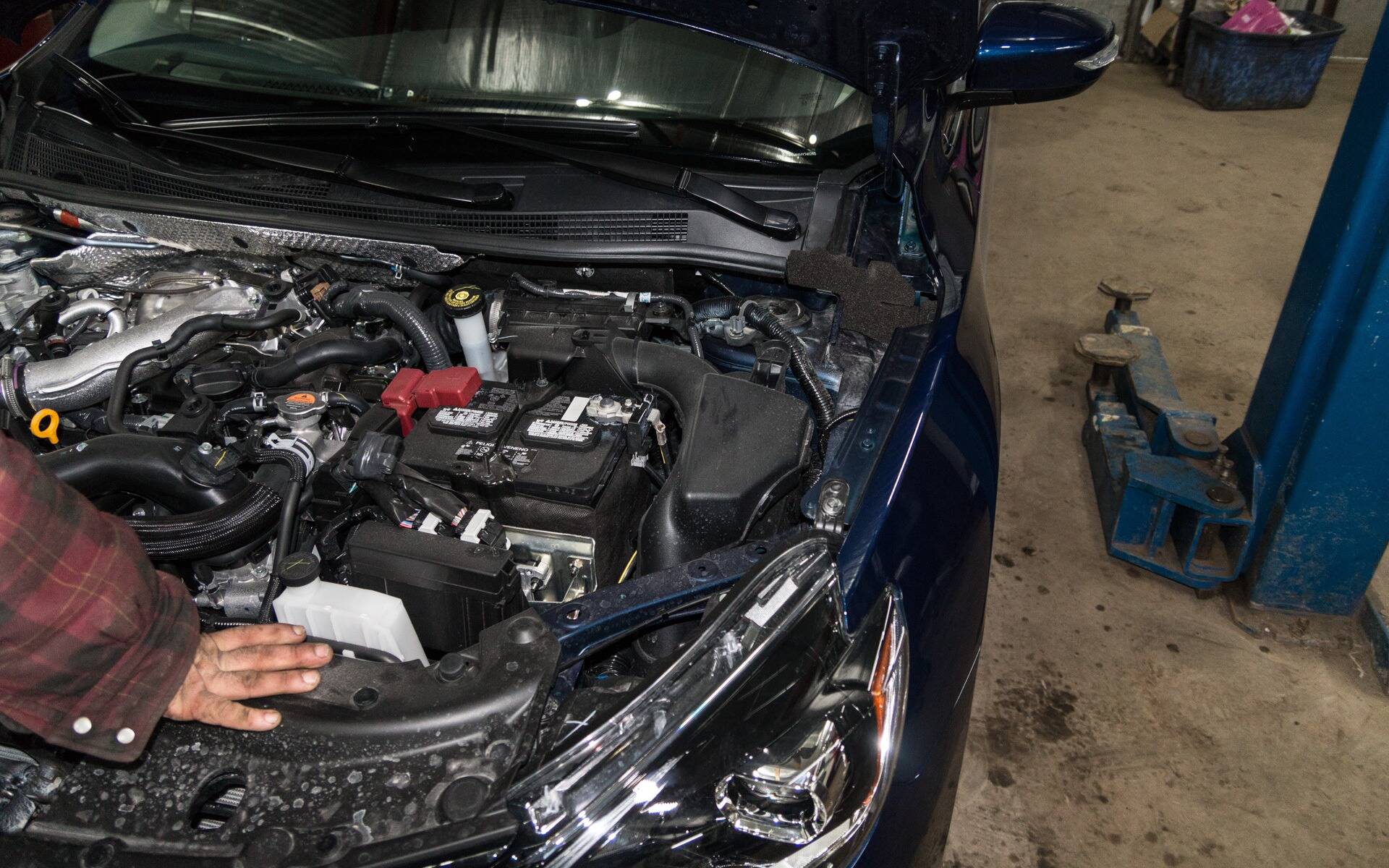5 Tips to Avoid Buying a Bad Pre-Owned Vehicle
Vehicle quality has greatly improved over the last years, so much so that it became quite difficult to find fundamentally bad vehicles. Of course, pre-owned vehicles or ones that show high mileage are a different story; the initial manufacturer’s warranty is long gone, several parts can be worn down and need replacing, and all kinds of problems are more prone to happen.
How to avoid a bad purchase? Here are a few tips …
1. Find Advice From Owners and Experts
Road tests performed by journalists like those of The Car Guide, specialized websites sites and owner feedback on social media and discussion forums can teach you a lot about the strengths and weaknesses of a particular vehicle, including the main problems you can expect to face. You can also ask someone who knows about cars to tag along during your visits. Two heads are better than one!
2. Know About the Reliability
Some companies, research firms and specialized publications such as J.D. Power, Consumer Reports and iSeeCars.com are a good way to learn what the most reliable models and brands are from year to year. If that's a major concern to you, then you’ll want to avoid the vehicles that ranked low and favour those that won awards. Also ask mechanics; they’ve seen their fair share of problem cases!
3. Require an Inspection
You are buying from a dealer? A certified pre-owned model that was inspected in over one hundred points is always better. If you are buying from a private individual, insist on having the vehicle inspected in a workshop. In all cases, study the report and cross that vehicle out if any funny stuff arises. All aspects must be considered; body, engine, brakes, suspension, wheels, steering, exhaust, seats and trims, electric and electronic systems, etc.
4. Consult the History, Recalls and Technical Service Bulletins
The vehicle’s history, provenance and maintenance are very important. A Carfax report can provide useful information in that respect. If repair work was performed after an accident you need to know about it. Also, don’t forget the technical service bulletins issued by the manufacturer. Are there any for the model you are interested in? If so, have all the fixes been conducted? You must get to the bottom of this.
5. Do a Proper Test Drive
It's by driving the vehicle in different conditions that you can find symptoms and anomalies. Check if the doors open and close proprely (including the trunk or hatch), seats, sunroof (if applicable), heating/ventilation system, headlights, etc. As soon as you start the engine, listen closely for any unusual noise. See how the vehicle behaves in acceleration, braking and turns. As mentioned before, bringing a friend who knows about cars with you will give you that extra assurance you may need.







